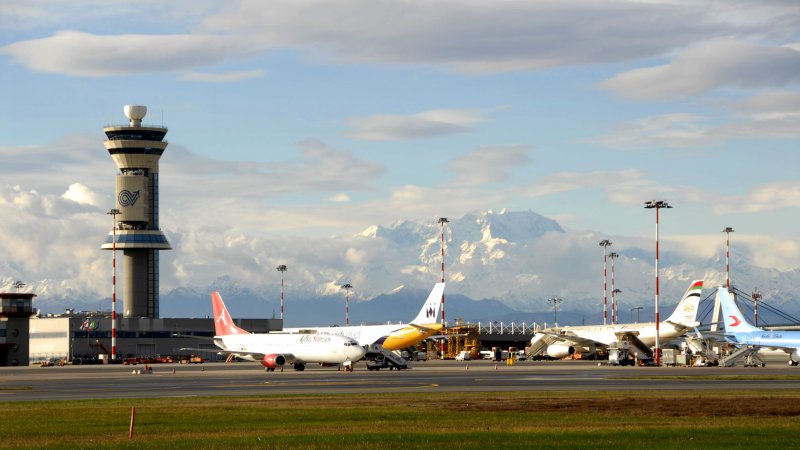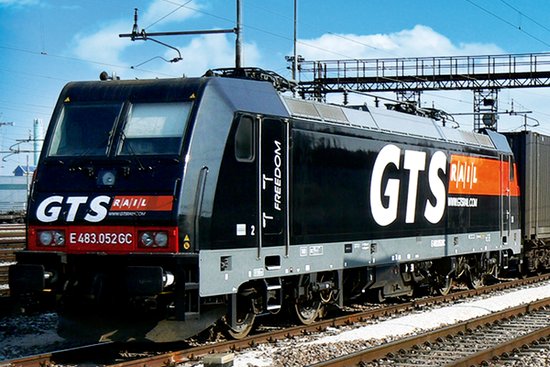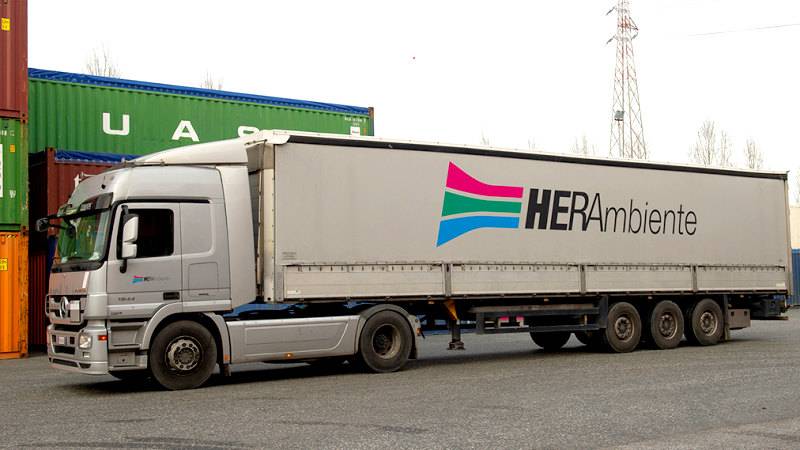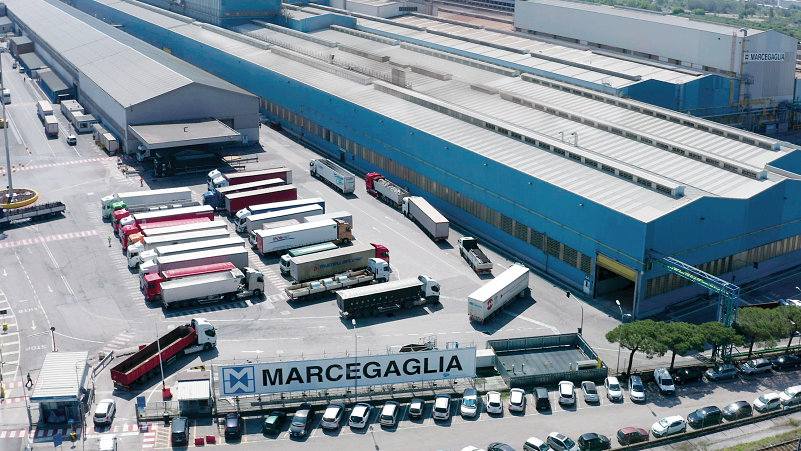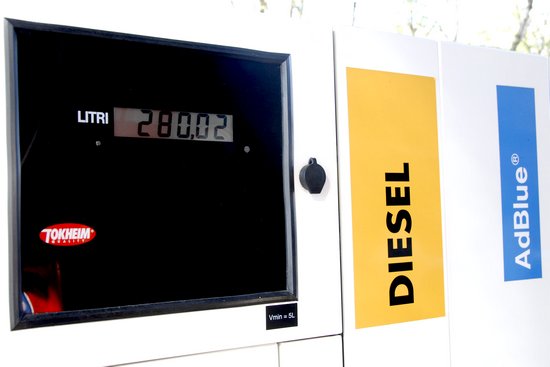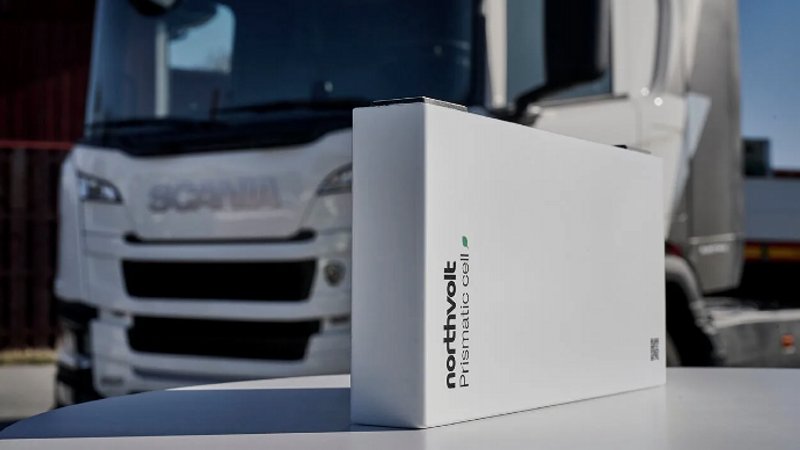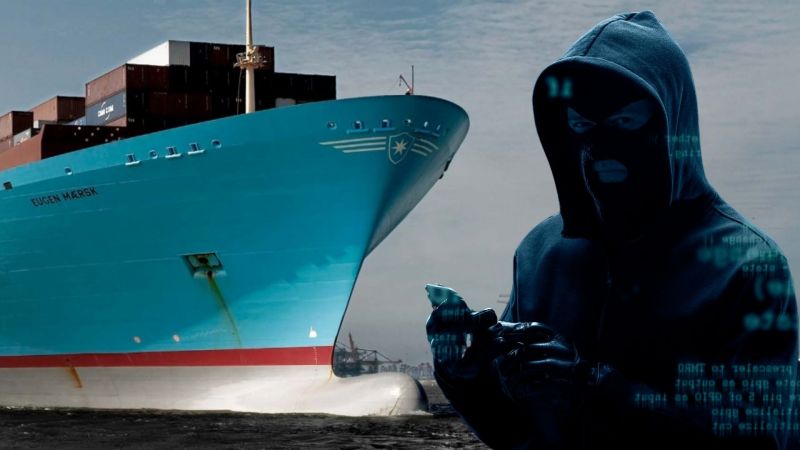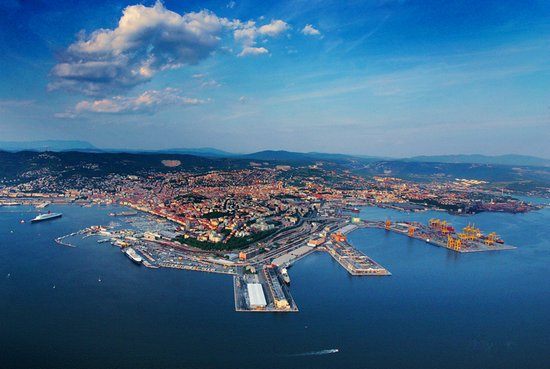In March 2025, US president Donald Trump announced he was preparing an executive order to impose a hefty tariff on each arrival of a Chinese-built vessel at American ports. According to industry analysts and experts, this move could have far-reaching consequences for the energy sector and the broader US economy. Bloomberg explored the issue in depth in an article published on 23 March 2025, highlighting that for the logistics sector, the impact of this measure could be even more disruptive than the tariffs on imported goods due to come into force on 2 April 2025.
The initiative is part of the broader America First strategy launched during Trump’s 2024 re-election campaign. The stated aims are twofold: to boost the US shipbuilding industry and curb China’s growing dominance over global trade routes. Yet many analysts, including several in the US, warn the measure could backfire. The exact tariff amount remains unclear, though early reports suggest figures ranging from one to three million dollars. What is certain is that the levy would affect thousands of vessels each year, triggering a domino effect across the entire maritime transport chain. Specifically, all commercial vessels built in China would be targeted, including oil tankers, gas carriers, and container ships, even if they sail under flags other than China’s.
Bloomberg reports that the American Petroleum Institute has voiced serious concerns about the potential impact on US exports of oil and liquefied natural gas. Around one fifth of the world’s oil tanker fleet—and a growing share of LNG carriers—was built in China. If these ships are hit with tariffs, transport costs could rise sharply. “The competitiveness of US energy exports is at risk,” said an API spokesperson. The fear is that American producers may suddenly find themselves at a disadvantage on global markets, just as the United States is consolidating its role as a leading LNG exporter.
Beyond the energy sector, the proposed measure could have wide-ranging effects. In an increasingly multipolar world, such protectionist policy risks spawning “parallel fleets”, where shipowners and logistics firms reorganise routes to avoid US tariffs. This could lead to further fragmentation of the market and growing inefficiencies in global logistics. According to Bloomberg, even if the executive order is not enacted immediately, the mere threat is already sowing uncertainty among operators. Some companies are reportedly considering withdrawing Chinese-built vessels from US-bound routes or renegotiating long-term shipping contracts.
Trump has said the initiative aims to revive the American shipbuilding industry, which has been marginalised by decades of outsourcing and Asian competition. However, analysts question the effectiveness of such a drastic move without a broader industrial strategy. Without massive investment in domestic shipyards, workforce training, and supply chains, the tariffs risk resulting in higher costs for importers and a net loss for the US economy.




